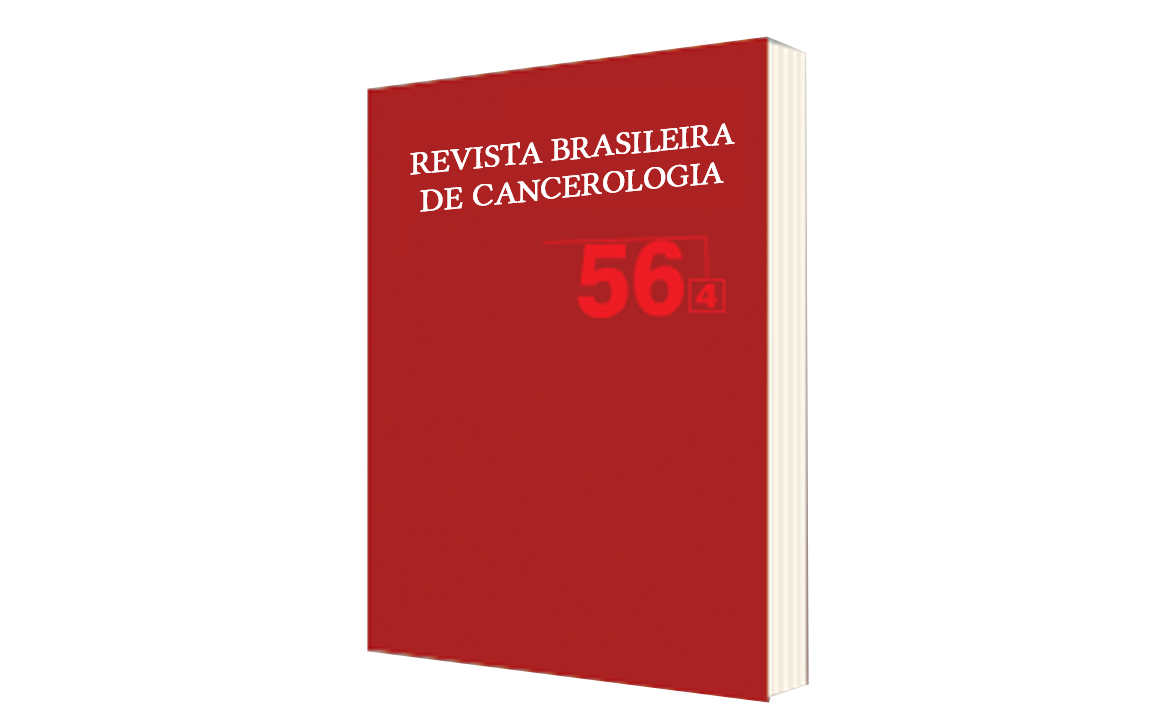Cecal Appendix Neuroendocrine Tumors: the Experience of the Brazilian National Cancer Institute
DOI:
https://doi.org/10.32635/2176-9745.RBC.2010v56n4.696Keywords:
Appendix, Neuroendocrine Tumors, Carcinoid TumorAbstract
Introduction: The cecal appendix is the second most common site for neuroendocrine tumors in all of the digestive tract, with a relative rate of 25-30%. They are usually diagnosed incidentally during appendectomies or other abdominal surgeries. Objectives: To analyze a series of cases of appendix neuroendocrine tumors treated at the Abdominal-pelvic Surgery Service of the Brazilian National Cancer Institute and describe the approach used in this Service for the treatment of this group of neoplasms. Material and Methods: Report of a series of 13 cases, through the retrospective analysis of the medical records of patients with appendix neuroendocrine tumors treated at the Abdominal-pelvic Surgery Service of the Brazilian National Cancer Institute from 1996 to 2008. Results: The average age at diagnosis was 44.7, with a predominance of women over men in a ratio of 5.5:1. Tumor size ranged from 0.3 to 6 cm, with a median of 2.3 cm. After an average follow up of 32 months, 10 (77%) patients were alive, one (7.7%) missed the follow-up and two (15.3%) died. Conclusion: Appendix neuroendocrine tumors are relatively rare and have good prognosis. The simple appendectomy is the routine surgical treatment and provides cure in most cases. The criteria proposed by the European Neuroendocrine Tumor Society for the treatment of these tumors are easily reproducible and are currently being used as routine in this Service.









